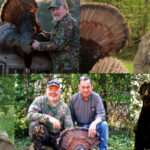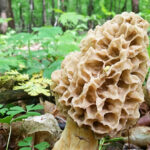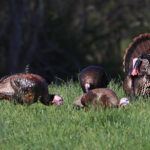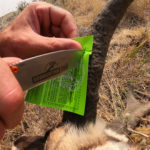Stop hurting your bow. Or at least, if you do hurt it, take care of it afterwards.
Compound bows are tools, and we bowhunters sure tend to be hard on them sometimes. They are built to take some abuse, but you don’t want to damage your bow so that it’s either unsafe or doesn’t function correctly.
Let’s talk about five ways bowhunters damage their bows, and what they should do to avoid that or to fix problems.
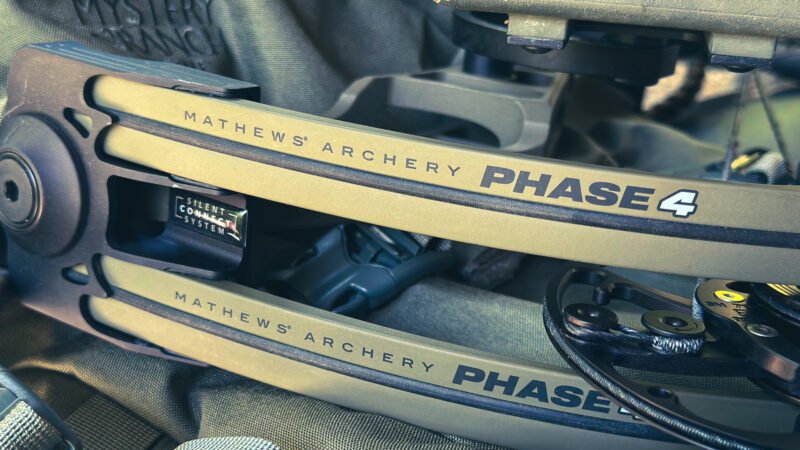
1. Cam In The Dirt
If I had to pick one of the most common things bowhunters do to hurt their bows, it probably would be sticking their cams in the dirt. Because of the location of the cams – especially the bottom one – this is a hard problem to avoid altogether.
Just hauling you bow up to a tree stand and lowering it back down again will jam your cam into the dirt. But you can be gentle. Don’t let your bow drop when you’re lowering it. Give it a soft landing.
On spot and stalk hunts, it’s hard to keep your cams from digging into the ground while crawling on your knees. Again, just pay attention and you can avoid hurting the cams.
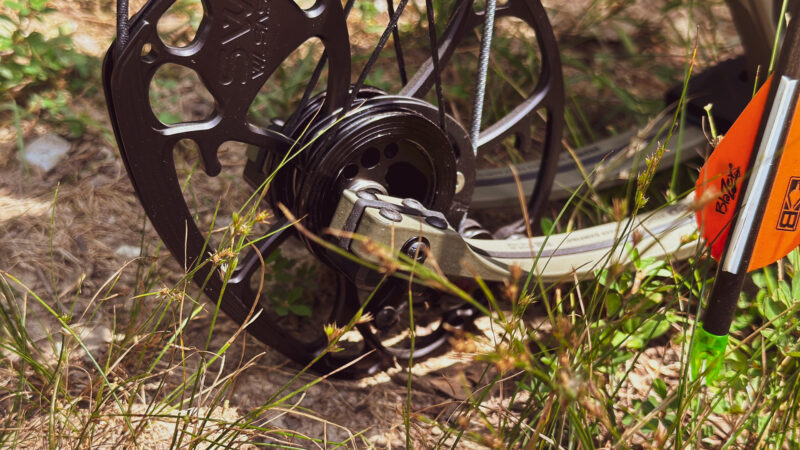
If you do jam a cam in the dirt, look for these issues. Dirt caked between the string and the cam can cause string wear – especially serving separation. Clean out the dirt.
Also, the edges of cams are pretty thin and they will bend fairly easily. Check for dings and burrs that can wear or even cut your bowstring.
Mostly, when it comes to cam care, just pay attention. Treat your bow like the cams are fragile, and you should be able to avoid problems.
2. Leaving the Bow in a Hot Car
Leaving your bow in a vehicle for hours on a hot, steamy summer day is not a great idea. Will this actually damage your bow? Most likely not. But what it can do is cause the string and cables to stretch, which will mess up your tune.
Heat will cause the wax in your string and cable to melt, which then loosens the string bundles, which leads to stretching. Stretching can affect timing, draw length, and draw weight – all of which are critical to your tune. So try to avoid prolonged exposure to excessive heat.
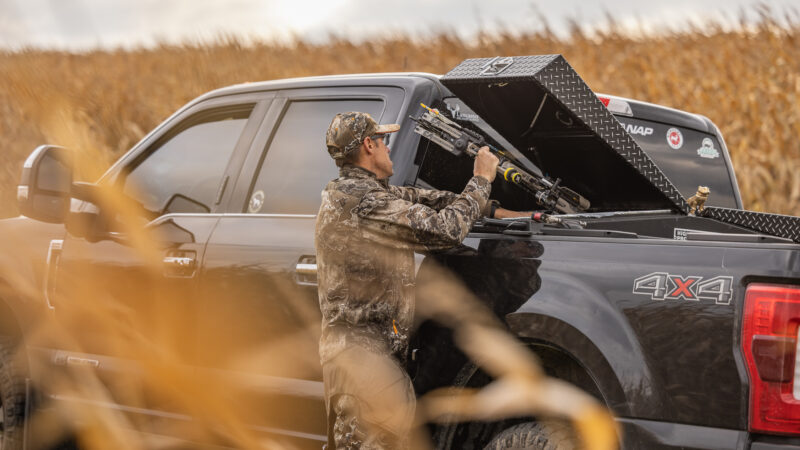
3. Letting the Bowstring Rub
Generally speaking, you don’t want your bowstring touching anything besides your hand outside a bow case. A bowstring is made of multiple strands of string material. Individually, each of those strands is pretty thin, and it doesn’t take much to cause it to fray. Fraying makes that strand weak, which then compromises the whole string.
So don’t let the string rub against trees or rocks. Don’t use it to push branches out of the way. Don’t use it for anything other than launching arrows. And if you do start to see some fraying, apply some wax to keep the fraying in check. If the fraying is excessive, or if you see even one strand is cut, replace that string. It’s the glue that holds your whole bow together.
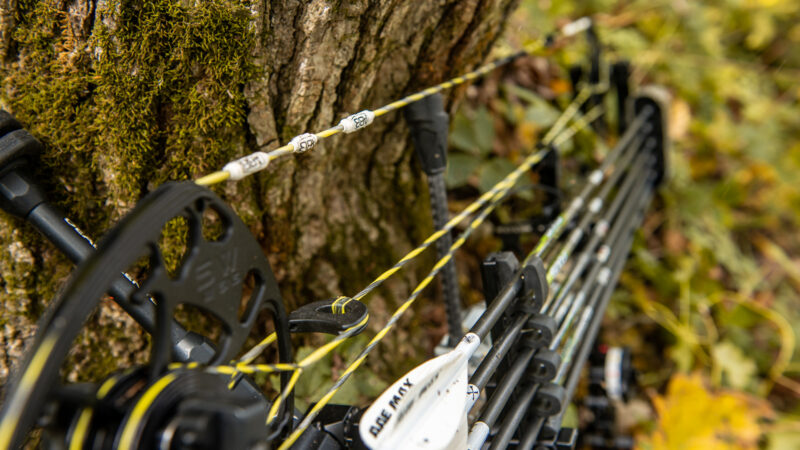
4. Shooting Arrows That Are Too Light
With today’s emphasis on FOC and the power of heavy arrows, shooting arrows that are too light isn’t as common as it used to be. But there certainly are still some speed freaks out there, who push the envelope by shooting the lightest arrows they can find.
It’s generally recommended that the least your arrow should weigh is 5 grains per pound of draw weight. So if you have a bow that draws 70 pounds, your arrow should weigh no less than 350 grains.
As you go lighter than that, you’re moving closer to dry-firing the bow – releasing the string with no arrow nocked. Dry firing can cause catastrophic failure of a bow. That’s a fancy way of saying your bow will blow up.
No, a 300-grain arrow won’t cause your 70-pound bow to blow up right away. But it puts the bow under undue stress, and it might eventually blow up one day.
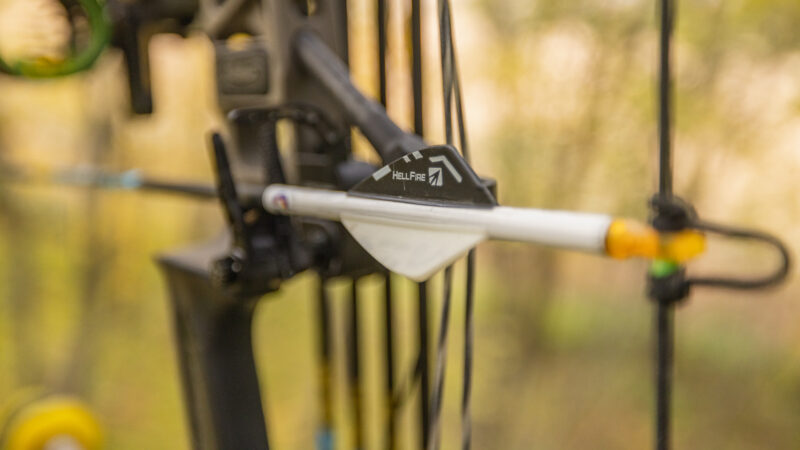
5. Putting the Bow Away Wet
Bowhunting in the rain can produce some of the best hunting you’ll ever experience. But water and many metals aren’t a good mix.
If your bow gets wet, and you simply throw it in the case without wiping it down and/or setting in a well ventilated place to dry, rust can start to form on various metal parts. Rust can weaken metal parts and it can make them squeak. Both are bad news for bowhunters.
Dry off your bow after it’s been out in the rain. Parts you can’t reach with a cloth, hit with a hair dryer – set to low or no heat, of course.
A compound bow is a tool that bowhunters should take care of. Check it regularly for problems so you can possibly avoid big issues down the road. If you’re a hunter who typically hangs up the bow at the end of the season, and leaves it there through winter and spring, look it over before hanging it up. Or take it to your local archery pro shop for inspection.
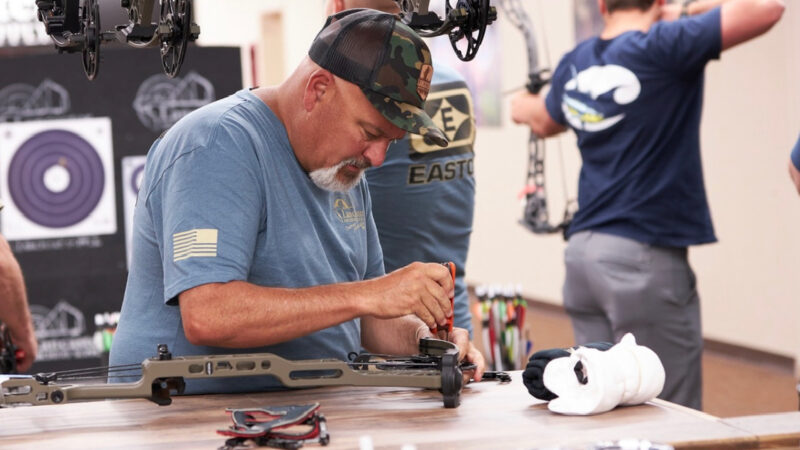
Most of all, treat your bow like it’s fragile. Treat it like it’s something that might break. That should keep it driving tacks for many years.

 By
By 